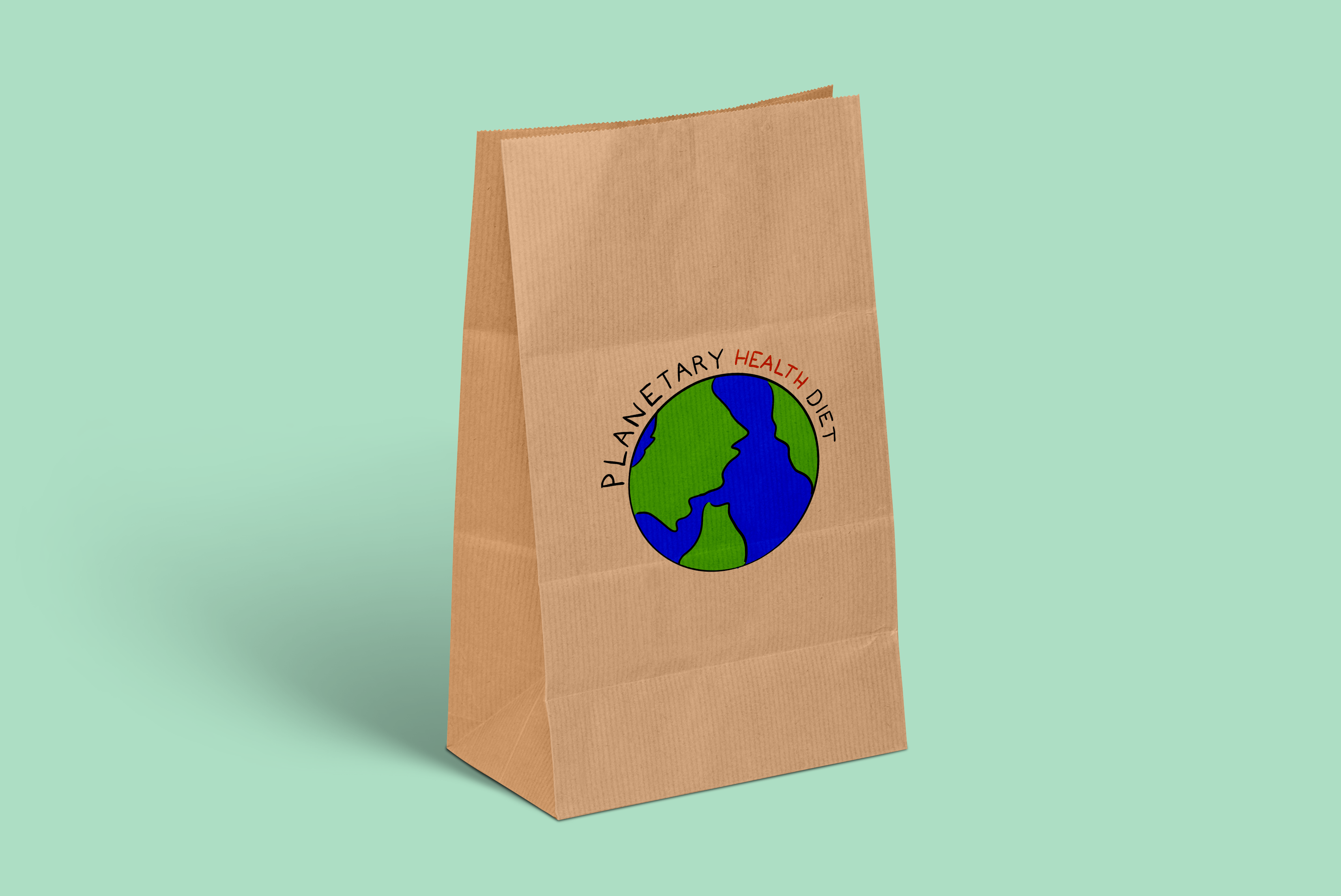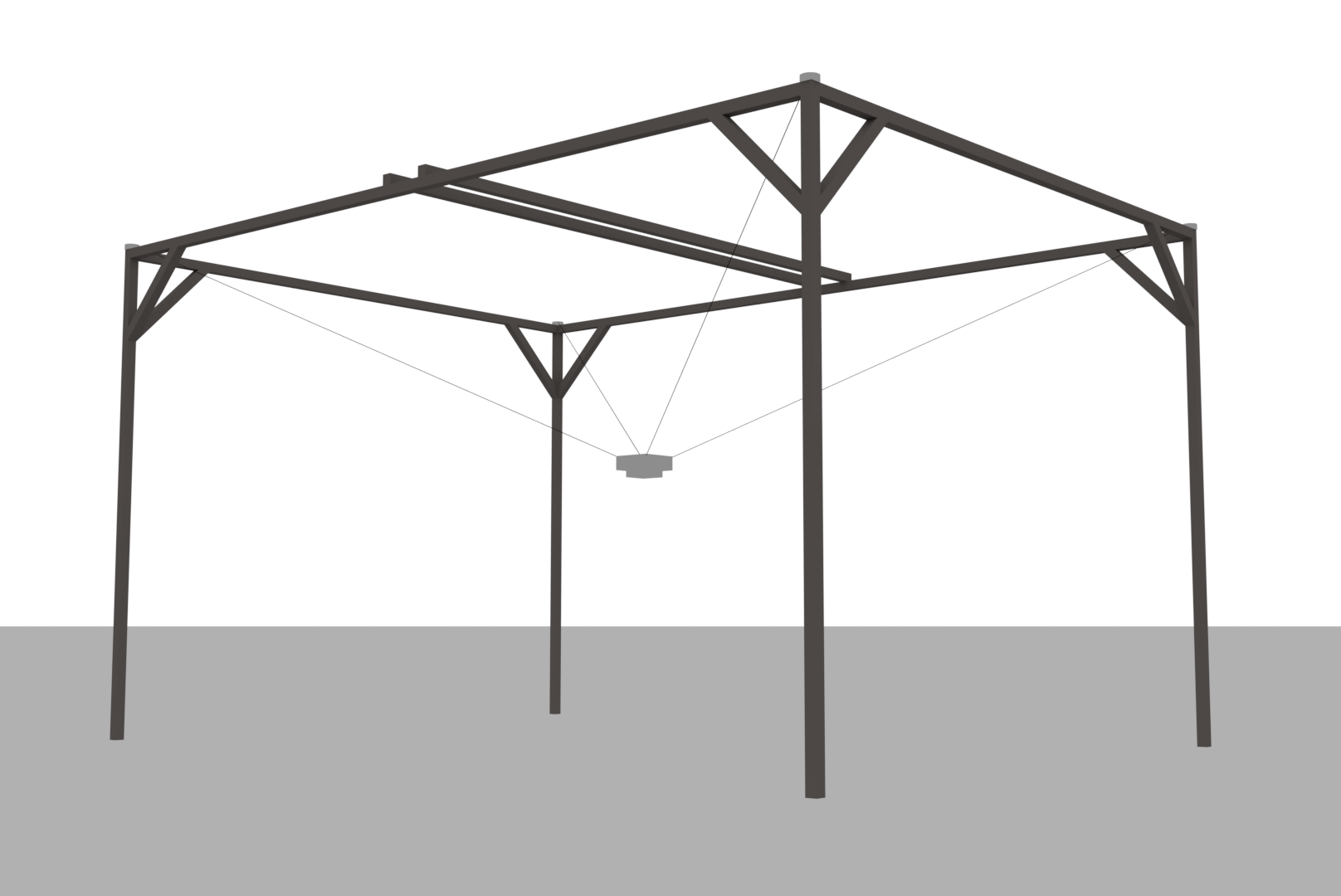Concept
In order to reduce soil pollution through agriculture, fertilizer and water consumption as well as food transport routes, vertical farming and urban gardening are gaining importance.
Our plantarium is a Modular Hydroponic Vertical Farm that allows the user to grow a variety of fruits and vegetables in any season. The special features of our concept are the automatic fertilizer mixing, the continuous monitoring of water values and the modular design.
The Plantarium is complemented by an app that, in addition to configuring and controlling the system, allows you to view the data collected.
To highlight our concept we have built a working prototype. The app for this prototype has been developed to the point where it can receive data from the system.
In order to reduce soil pollution through agriculture, fertilizer and water consumption as well as food transport routes, vertical farming and urban gardening are gaining importance.
Our plantarium is a Modular Hydroponic Vertical Farm that allows the user to grow a variety of fruits and vegetables in any season. The special features of our concept are the automatic fertilizer mixing, the continuous monitoring of water values and the modular design.
The Plantarium is complemented by an app that, in addition to configuring and controlling the system, allows you to view the data collected.
To highlight our concept we have built a working prototype. The app for this prototype has been developed to the point where it can receive data from the system.
prototype - redesign
third semester 2020/21
(being continued)
team with
Ligia Dietze,
Noah Mantel,
Marius Schairer
my focus
30% concept,
20% hardware,
50% software
third semester 2020/21
(being continued)
team with
Ligia Dietze,
Noah Mantel,
Marius Schairer
my focus
30% concept,
20% hardware,
50% software
Modules
Main module
includes the frame, which provides space for the plant and light modules, the control electronics and, in the center, the wind shaft (so that the plants grow more robustly and can pollinate each other during the flowering phase).
includes the frame, which provides space for the plant and light modules, the control electronics and, in the center, the wind shaft (so that the plants grow more robustly and can pollinate each other during the flowering phase).
Plant modules
A nebulizer in the center allows the fertilizer mixture to rise to the roots. PH as well as EC sensors record information about the water quality.
A nebulizer in the center allows the fertilizer mixture to rise to the roots. PH as well as EC sensors record information about the water quality.
Light modules
The LED panel can be hung at varying heights to match them to the growing plants.
The LED panel can be hung at varying heights to match them to the growing plants.
Fertilizer module
With the help of metering pumps, an optimized fertilizer mixture is produced for each plant and pumped into the corresponding plant module.
With the help of metering pumps, an optimized fertilizer mixture is produced for each plant and pumped into the corresponding plant module.
App
The app guides the user through the plantarium setup process and is then used to monitor plant growth and schedule harvests.
Setup
In the setup, the app uses a barcode scan to recognize the respective vegetable sort and then explains how the seeds need to be planted in the substrate and how the module is inserted into the system.
In the setup, the app uses a barcode scan to recognize the respective vegetable sort and then explains how the seeds need to be planted in the substrate and how the module is inserted into the system.
Home
The homescreen shows an overview of all gardens (plantaria) and plants that are currently in their slots.
The homescreen shows an overview of all gardens (plantaria) and plants that are currently in their slots.
Module
The module screen provides a detailed overview of the individual water values in the module's pot. A module consists of a plant container in which only plants that require similar water values can be grown together.
The module screen provides a detailed overview of the individual water values in the module's pot. A module consists of a plant container in which only plants that require similar water values can be grown together.
Calendar
The calendar view shows the different growth stages the plants are currently in and the time they will be ready for harvest.
The calendar view shows the different growth stages the plants are currently in and the time they will be ready for harvest.
Settings
The settings allow the user to add new gardens or modules, as well as set the light and ventilation timer so that they overlap as little as possible with their own sleeping hours.
The settings allow the user to add new gardens or modules, as well as set the light and ventilation timer so that they overlap as little as possible with their own sleeping hours.
Process
The starting point of our work was the topic of "Vertical Farming", as we in the team are aware of the relevance of a solution for sustainable cultivation and we all have an interest in homegrowing crops.
After some research, we quickly decided on a hydroponic system, as they are much more efficient at delivering water and fertilizer to the plants, and are also much lighter due to the lack of soil. Of the many different methods of hydroponic irrigation, we finally decided on the aeroponic version, which uses a nebulizer to allow fertilizer water to rise from a basin to the roots.
We decided to make the system quite large, so that it can relevantly reduce the vegetable purchase of a household.
After some research, we quickly decided on a hydroponic system, as they are much more efficient at delivering water and fertilizer to the plants, and are also much lighter due to the lack of soil. Of the many different methods of hydroponic irrigation, we finally decided on the aeroponic version, which uses a nebulizer to allow fertilizer water to rise from a basin to the roots.
We decided to make the system quite large, so that it can relevantly reduce the vegetable purchase of a household.
We are currently further developing our prototype with the aim of better adapting the product to user needs and optimizing functionality.
My tasks in the team
The concept of our project and all relevant ideas were developed in cooperative research and team meetings and all major decisions were made together.
My personal focus was on the design and technical implementation of the full stack of our prototype.
The control electronics of the plantarium consists of some Arduinos and an ESP8266, which coordinates the Arduinos via I²C and communicates with the node.js backend via WebSocket.
The backend stores the collected sensor data from the system in a Mongo database and then makes it available to the prototype of our Vue.js app via http requests.
My personal focus was on the design and technical implementation of the full stack of our prototype.
The control electronics of the plantarium consists of some Arduinos and an ESP8266, which coordinates the Arduinos via I²C and communicates with the node.js backend via WebSocket.
The backend stores the collected sensor data from the system in a Mongo database and then makes it available to the prototype of our Vue.js app via http requests.




